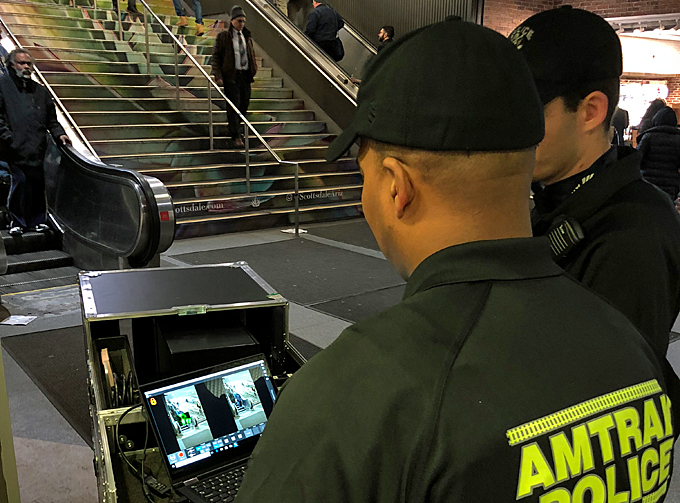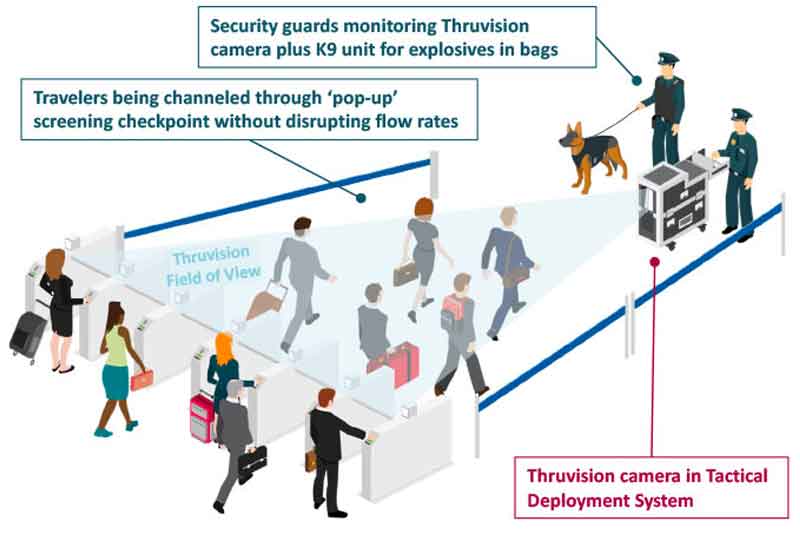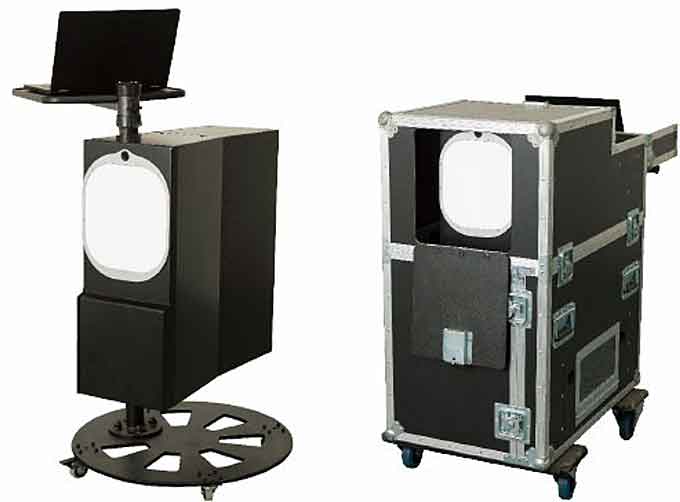
Guest Editorial by Kevin Gramer, Vice President, Thruvision
Since the terrorist attacks of 9/11, protecting the flying public has been the top priority of the U.S. Transportation Security Administration (TSA).
A focus of this effort has been the airport security checkpoint.
But as terrorists adopt their tactics and focus on events, public venues and surface transport, the traditional airport checkpoint approach has serious limitations.
Passive teraherz technology, which has been extensively tested by US TSA and is now being deployed by a major US transit agency, could help address these issues.

Personnel Borne Threats: A Growing Threat to Public Venues and Surface Transportation
A 2015 MIT study, “Has Successful Terror Gone to Ground?”[1] concluded terrorists have shifted to attacking surface transit using concealed person-borne threats, including improvised explosive devices (PBIEDs), weapons, and bombs.
Terrorists believe concerts, sporting events, surface transport and public venues are “softer targets” for concealed person-borne threats.
Recent attacks at Port Authority of New York & New Jersey, Times Square, Orlando, Florida, and the Boston Marathon, as well as internationally in the UK, France, Belgium and Istanbul underscore this conclusion.
Unfortunately, the traditional aviation checkpoint approach is not well-suited for surface transport, events and public venues.
(See the technology. Courtesy of Thruvision and Vimeo. Posted in July 2018.)
Start with throughput.
Unlike airport checkpoints which can process at maximum hundreds of passengers in orderly lines each hour, surface transport and public venues must handle thousands of rapidly moving people per hour.
Furthermore, the most commonly used people-screening technology – walk-through metal detectors – cannot detect non-metallic threats such as plastic or liquid explosives.

Airport body scanners, which use ionizing radiation, raise privacy and health concerns.
They are also immobile, expensive and require complete divestment of all concealed items to be effective.
Law enforcement and security professionals need affordable and easy to use people-screening technology to rapidly, safely, and non-intrusively screen moving persons for concealed threats.
Passive Teraherz Technology Addresses The Threat

There is a proven technology that meets these requirements: standoff people screening using passive teraherz technology.
First developed by U.S. and British Government research labs, passive teraherz technology has been successfully deployed in global customs and transit security applications by Thruvision.
Passive terahertz wave technology has several advantages over other people screening technologies: it emits no ionizing radiation and no anatomical details of persons screened are generated.
Thruvision’s passive terahertz sensors passively “receive” energy naturally emitted from the human body.
The Thruvision system can then not only identify when this natural energy is being blocked by a concealed item on a person’s body, it can identify the size, location, and shape of the concealed object in real time.

This makes the Thruvision system ideal for identifying concealed weapons, explosives and other potential threats.
Furthermore, the Thruvision system can show the size, shape and location of concealed threats – metallic or non-metallic – in a moving person’s clothing at distances up to 25 feet.
This “standoff threat detection” capability has long been a goal of counter-terrorism experts because it gives law enforcement the opportunity to detect a threat before it reaches a target.
After extensive successful US TSA testing, the Los Angeles Metropolitan Transit Agency deployed Thruvision’s technology.
In conclusion, while aviation security will always be a top priority, we need to recognize that events, public venues and surface transport face growing threats and have unique requirements call for innovative technologies.

Kevin Gramer is Vice President of Thruvision Americas, a global security technology firm with offices in the Washington DC area and Oxford, England.
Over 300 Thruvision systems have been successfully deployed worldwide.
To Learn More, please visit www.thruvision.com.
Learn More…
New Devices to Detect Suicide Vests in PANYNJ’s Bus Terminal (Video)
















